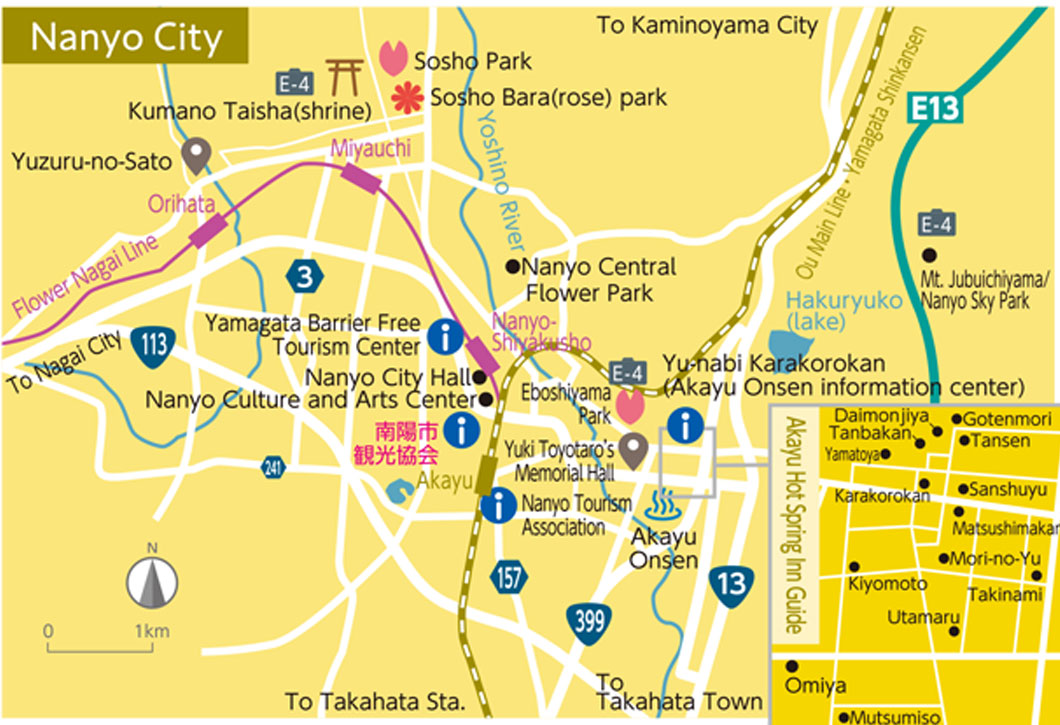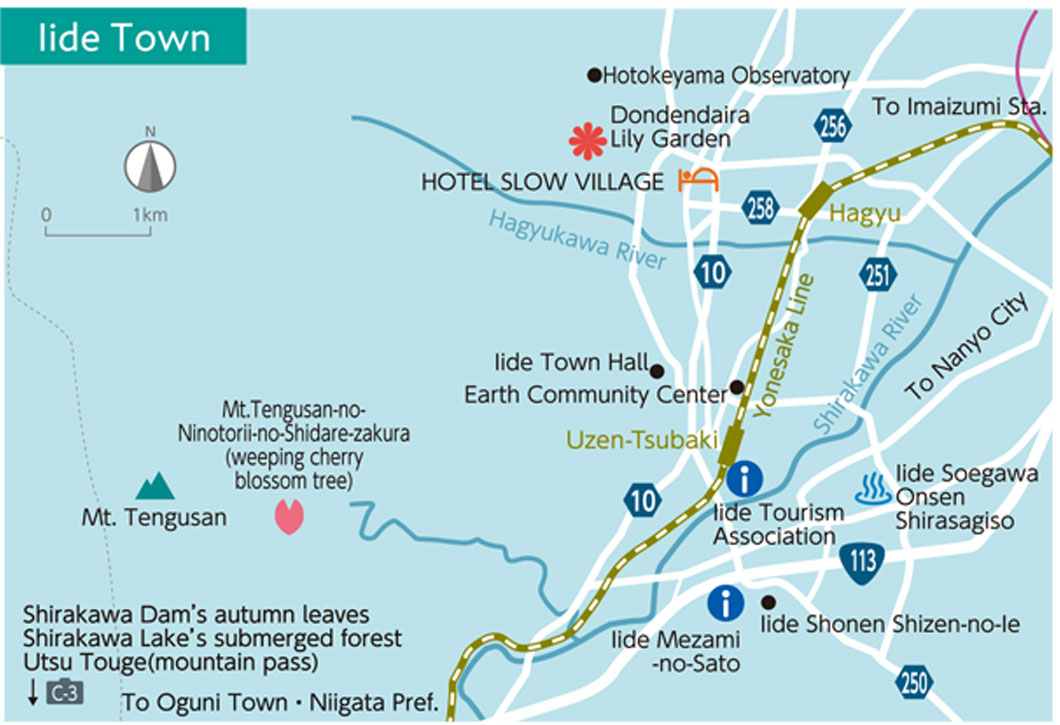
Mystical Village
Deeply-rooted in Water
Inherited
Belief

Ancient Home of a Dragon
The towering Asahi Mountain to the west of Nagai City was formed from cooled magma pushed up by the shifting of tectonic plates. It’s mostly made up of granite. Every time the earth rose cracks formed on the surface. Weathering and erosion carved out valleys and rivers, and created Mifuchi Gorge. Mifuchi Gorge is a unique interesting example of the natural world. Usually, valleys make a V-shape that slope down and in, but because of the hard quality of granite the cliff faces are parallel to one another creating a box-like shape. The river bends sharply creating a lightning bolt rather than the normal snake-like flow of most rivers, and when there is heavy rainfall, it transforms into a fierce river. Iron waters overflow the banks and flow to the local village after heavy rainfall. The village began to believe that a dragon god lived in those waters after once being seriously damaged.
The Mountain River’s Clear Water
The mountain river that starts from Mifuchi Gorge flows eastward through Nagai City and connects with Mogami River. This river grinded the mountains, brought in sand, and made this area where Nagai City and its people live into a delta in ancient days. The granite of Mifuchi Gorge contains large crystals of granodiorite. Granodiorite is not easily broken down by water. That is why the water flowing through it is soft. It does not contain many hard minerals. Nagai City’s well water is considered very soft and has a smooth quality.
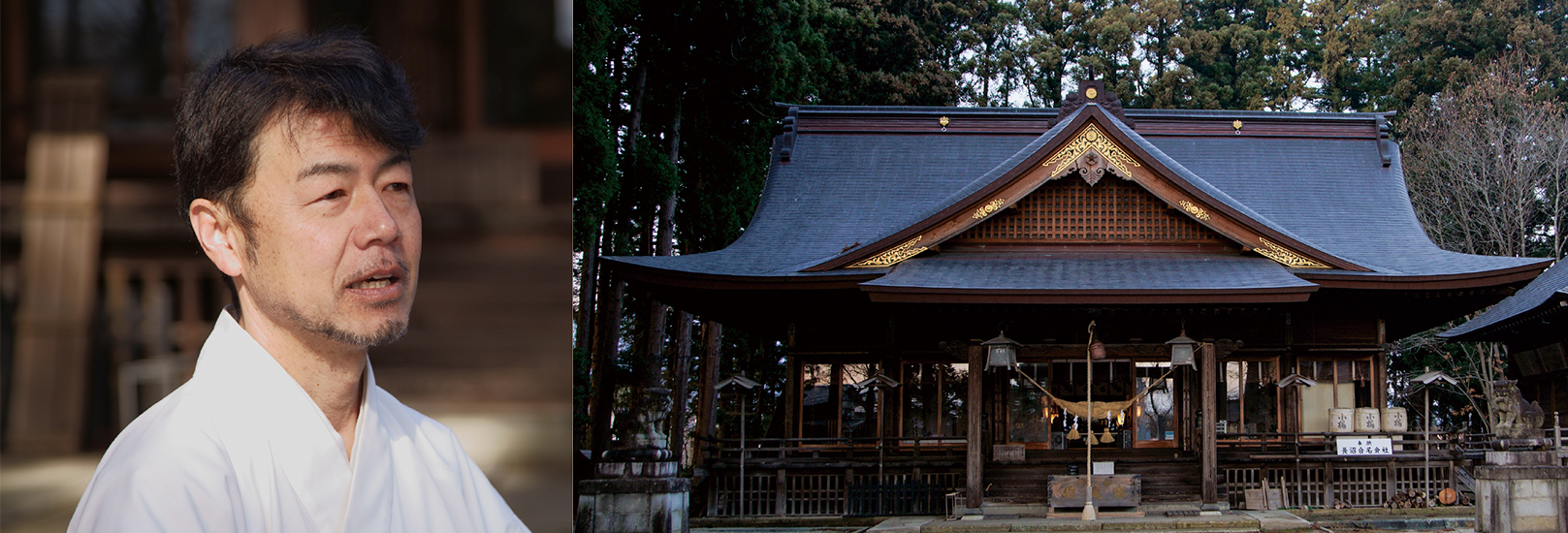
Shugendo Practitioners’ Holy Land
Mifuchi, Home to a Dragon, is said to be a place where many practitioners of Shugendo gathered. They would pass through Sangaitaki waterfall toward the deemed holy land by mountain worship of Mifuchi Gorge. Then they would depart for Mt. Yudono walking along the mountain ridge.
Nagai City frequently worried about flooding, and built stone monuments and places of worship out of veneration to worship the water kami. That is how Somiya Shrine came to be. It was built high on a terrace at a triangular point between Mogami river and the mountain river as a prayer for calm waters in the year 801. Here the legend of the princess of sorrow and the Kurojishi Dance is passed down.
The Legend of the Princess Who Threw Herself into Mifuchi Gorge
In the late Heian Period (~1020-1180), Abe no Sadato, member of a powerful family in Mutsu province, saw Nagai as an important position for the war. He sent his daughter and princess, Unohana, to rule over Nagai. Beautiful, strong, and familiar with the ways of war, the princess wanted to stop the war, but opposing forces used this opportunity to gather information and attacked Nagai. Hurt, she felt responsible for the attack, and threw herself into the Mifuchi Gorge. The Legend of Unohana Princess has been passed down ever since.
Her spirit continued to protect the safety of the village after her death, fused with the dragon of Mifuchi Gorge, and became a shishi, lion. That is the origins of the traditional ritual, “Dance of the Kurojishi,” Nagai City continues today.
The Mythical City that Smells of Rain
The Kurojishi Dances
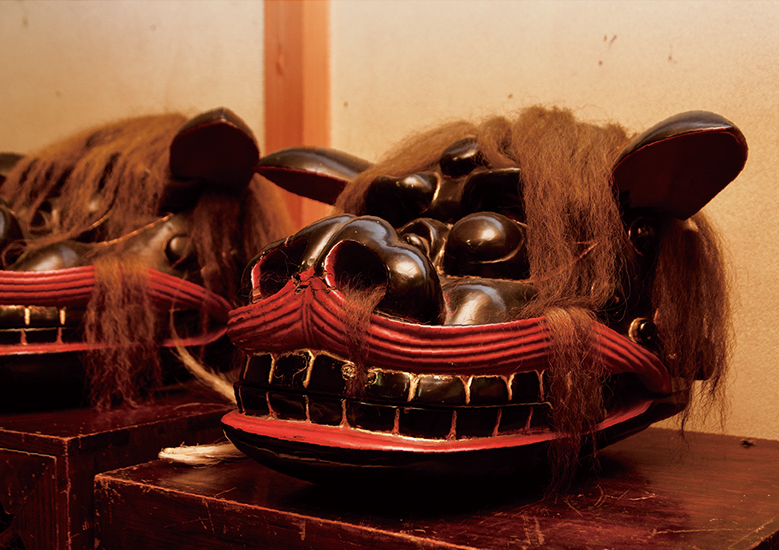
The Water Kami Dances
Praying for Eternal Peace
The origins of Kurojishi are said to be from the year 1063. Supposedly, Minamoto no Yoriyoshi used the Shishi dance as celebration for upcoming victories.
The Shishi, form of a lion, slightly scaley face, long hair, and a long snake-like body, is the embodiment of a dragon kami. Onmyodo, the way of Yin and Yang, uses colors for the five elements. Black is the color for water, and so the Kurojishi, black lion, came to be.
Once a year with the princess’s prayers the Kurojishi would visit the village. The people of Nagai would thank the Kurojishi for times of peace and the year’s harvest, welcome it into the village, and share the joys of life. If you follow the tradition that has continued all this time back to its roots, you can feel the deep connection the mystical valley has with water, its creator.
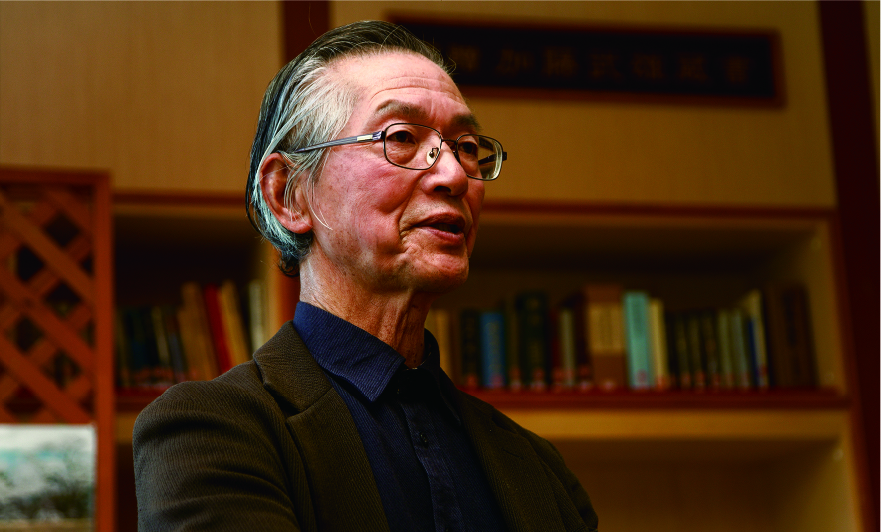
Kurojishi Makes Rain
The Kurojishi head passed down generation to generation at Somiya Shrine has bulging eyes and a sharp snout. It is purposefully made to look horrifying. It represents the Shishi during its visit to the village from the mountains. The river would dry up during its descent, so the Shishi walked the dried riverbed. Its face was scratched by thorns on its descent, so that is why the head was carved with a pained expression. It is said after being scratched by thorns, the Kurojishi made it rain so the river would not dry up during its descents. It is strange that nearly every year it would rain before the festival started. When the rain stopped, the Kurojishi Dance would start with the rhythm of traditional music.
INFORMATION & MAP
- Mogami River Tourism Network
(Nogawa Manabikan) - 〒993-0042 Yamagata Prefecture, Nagai City, Hirayama 2743-4
- TEL:0238-87-0605
- https://manabikan.wixsite.com/boat
- Somiya Shrine
- 〒993-0042 Yamagata Prefecture, Nagai City, Yokomachi 14-24
- TEL:0238-88-3348
- https://www.sohmiya.org/



